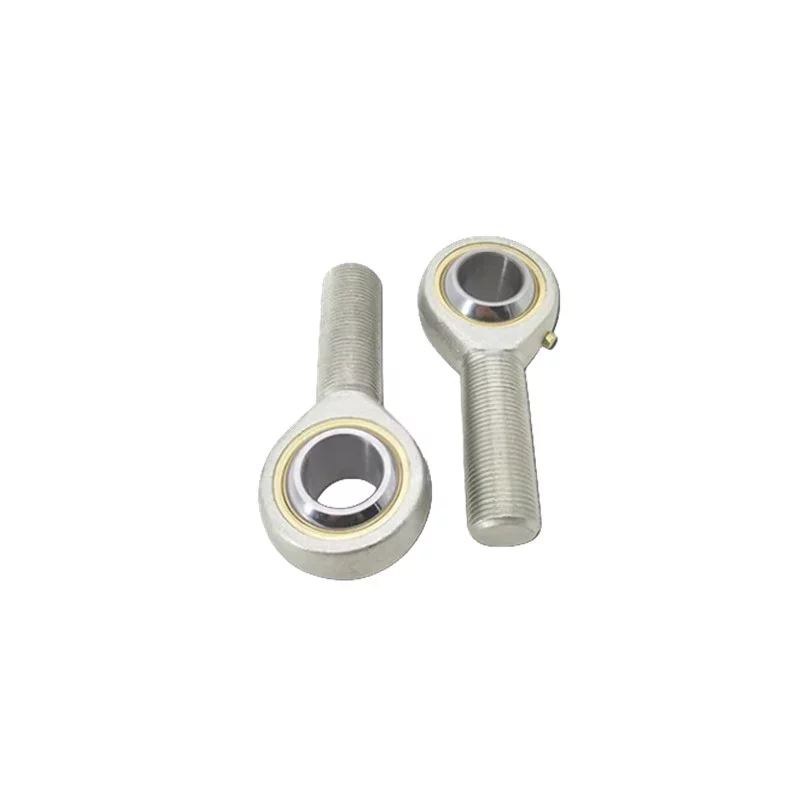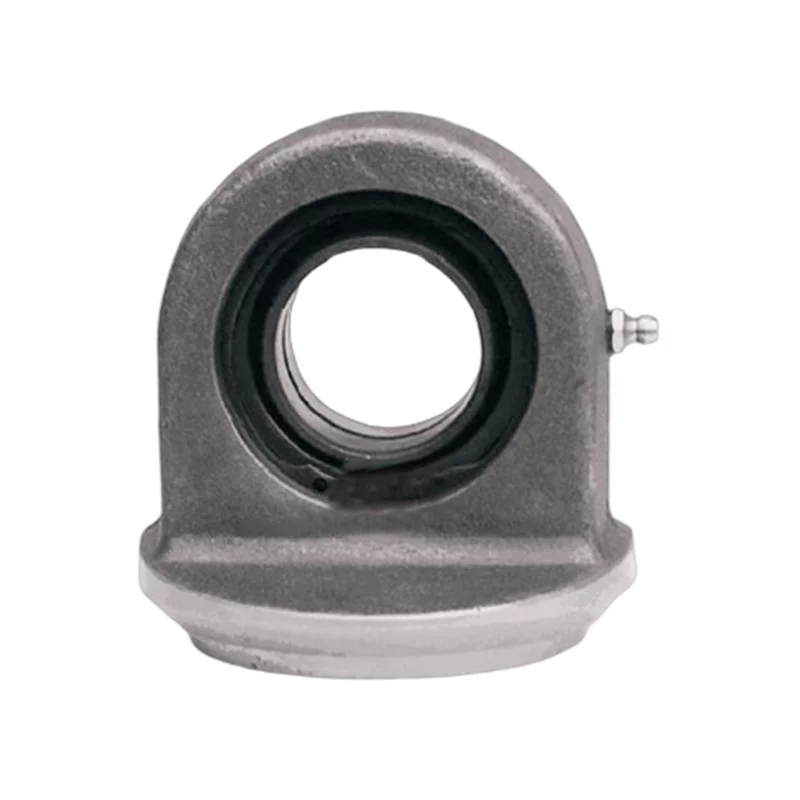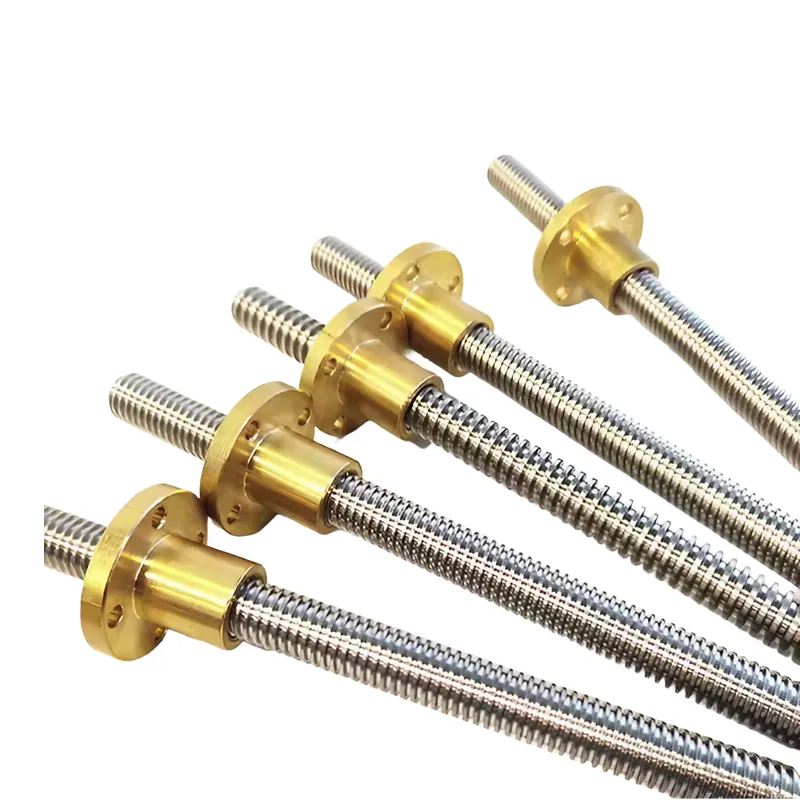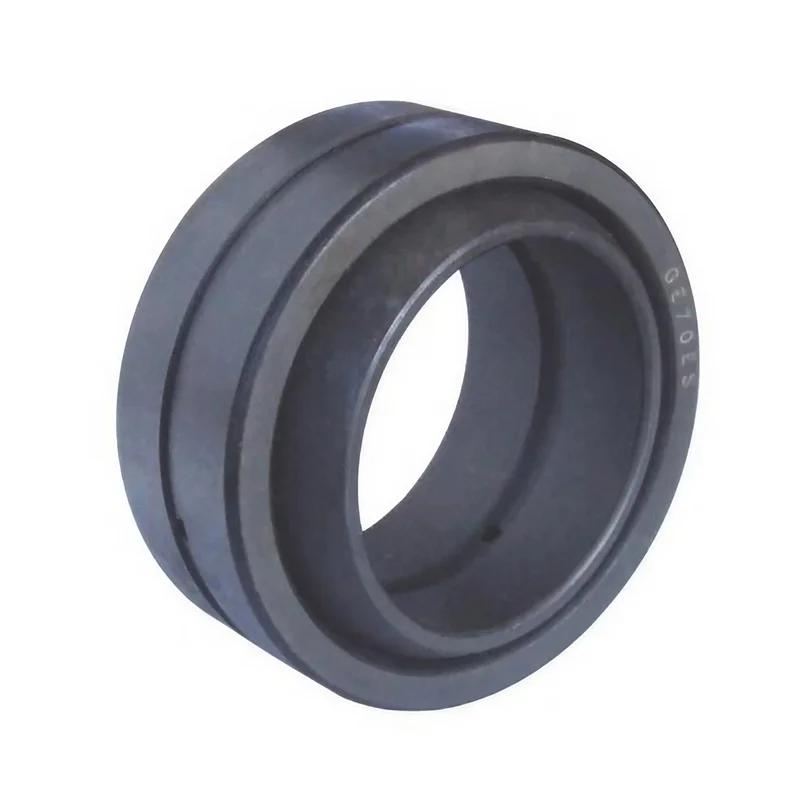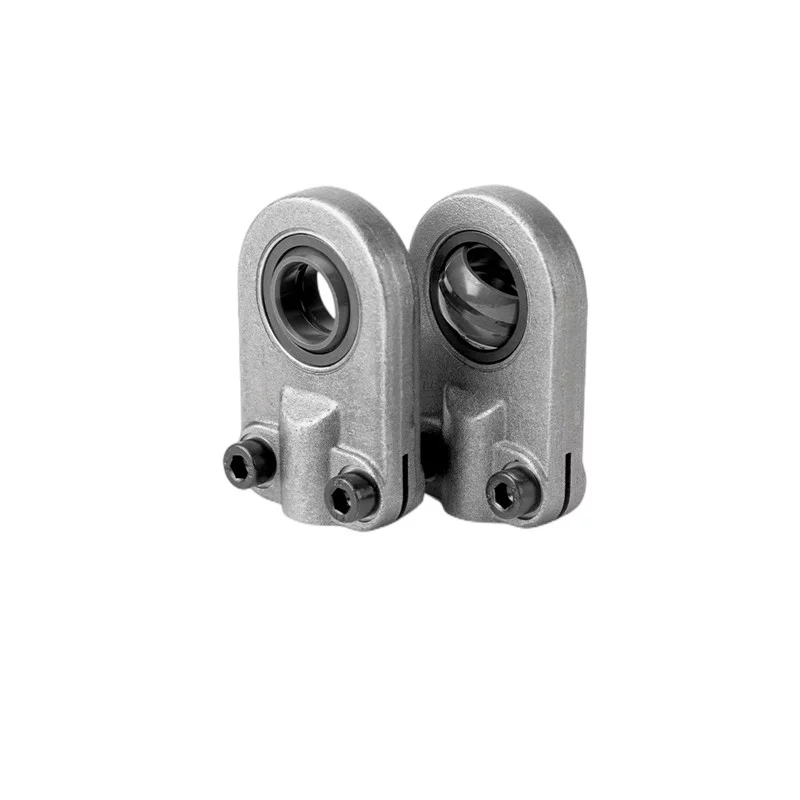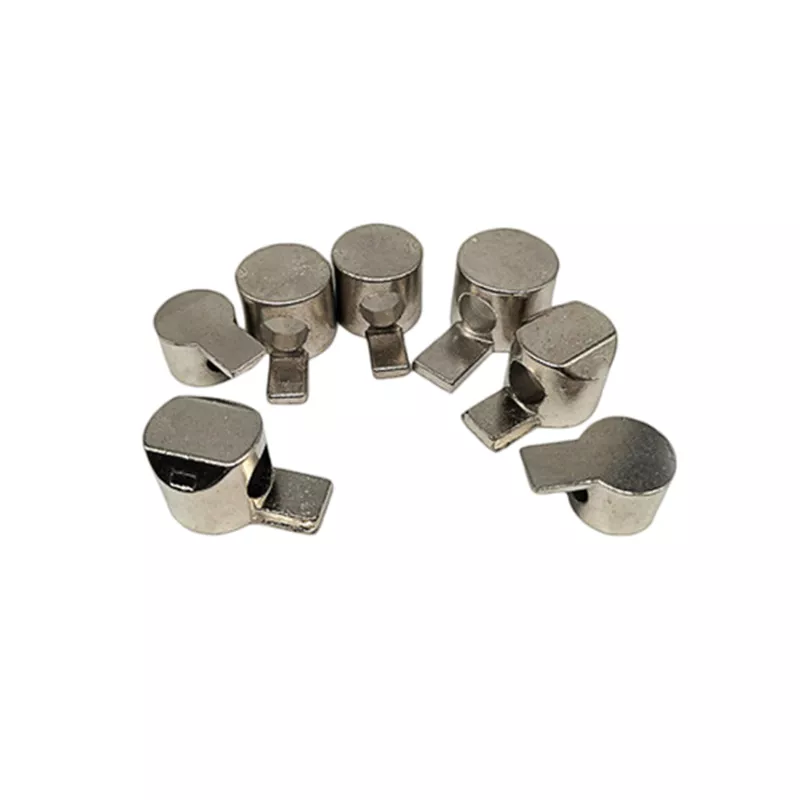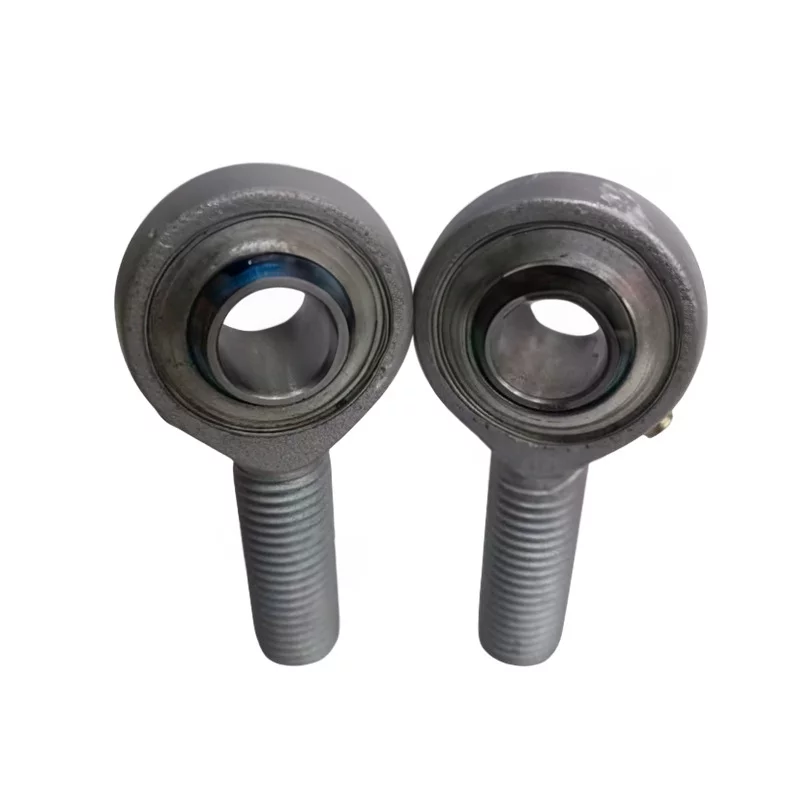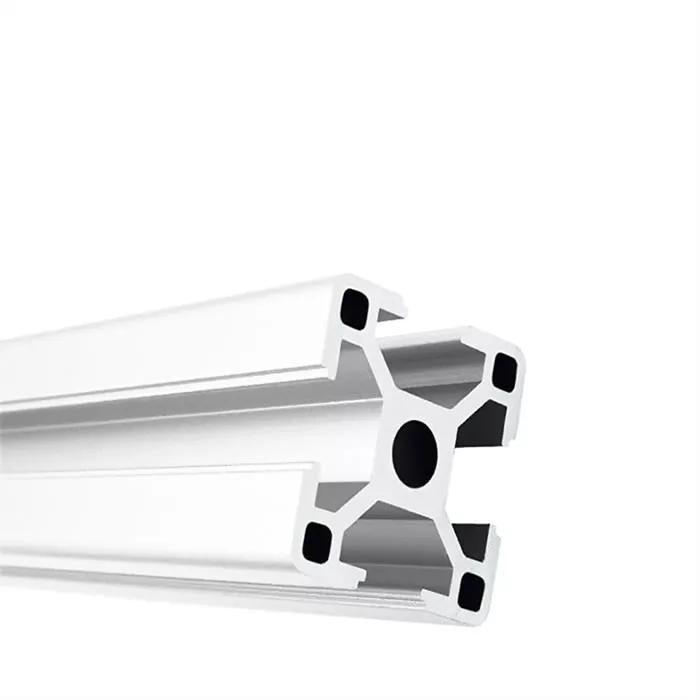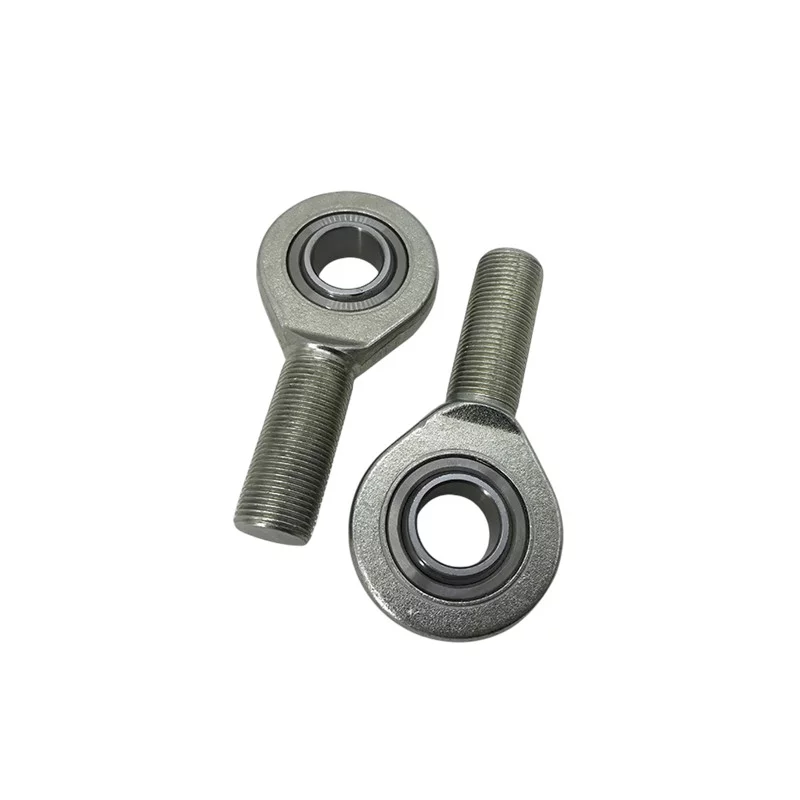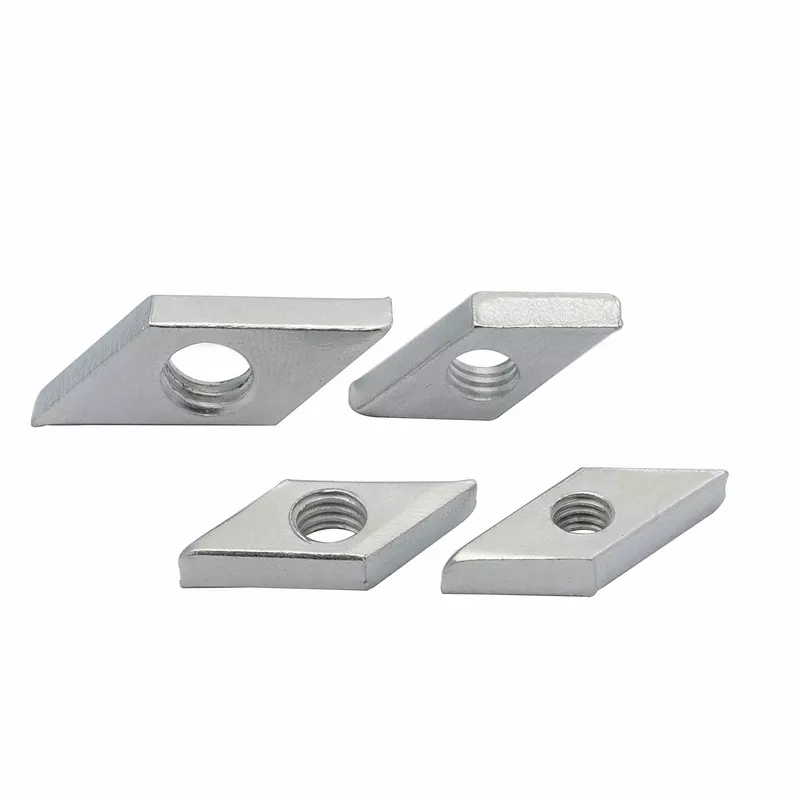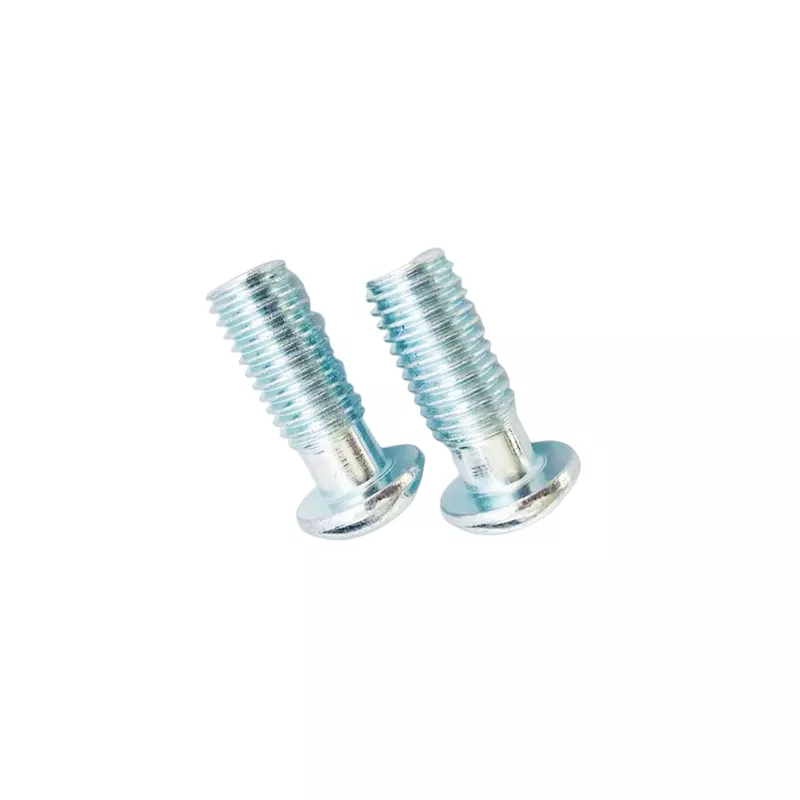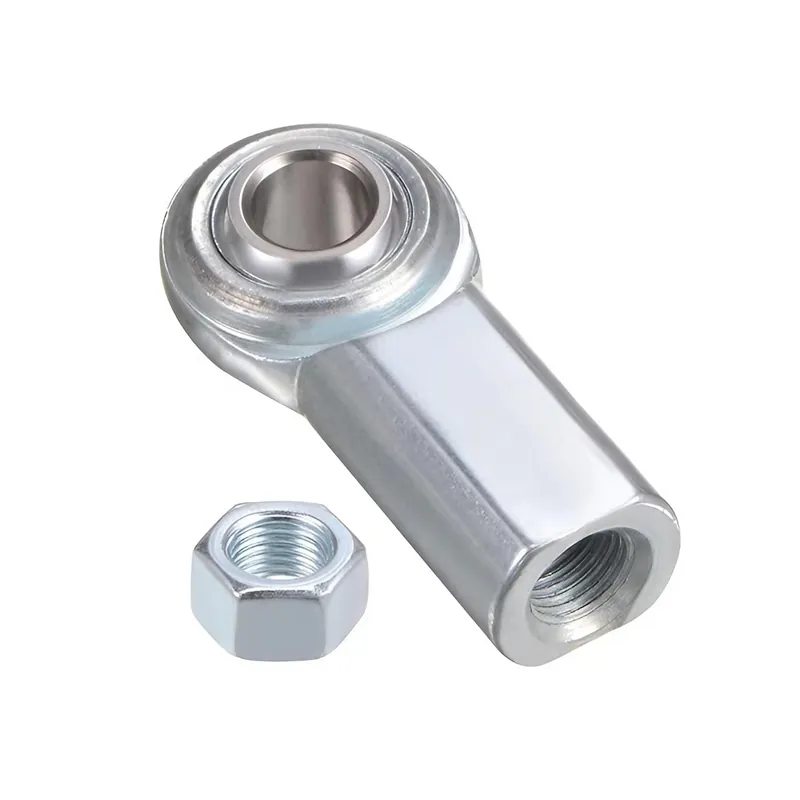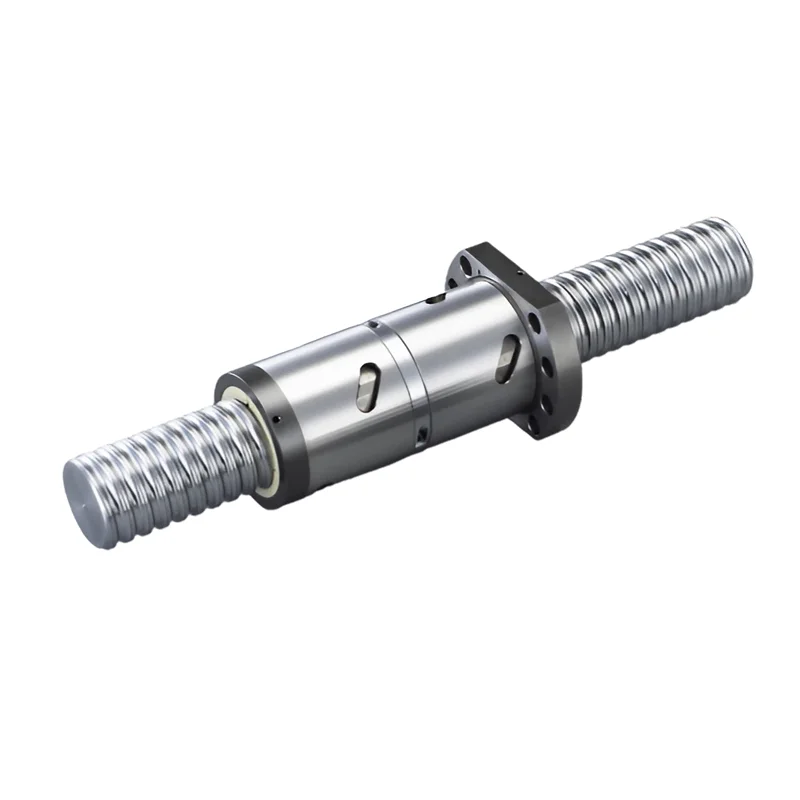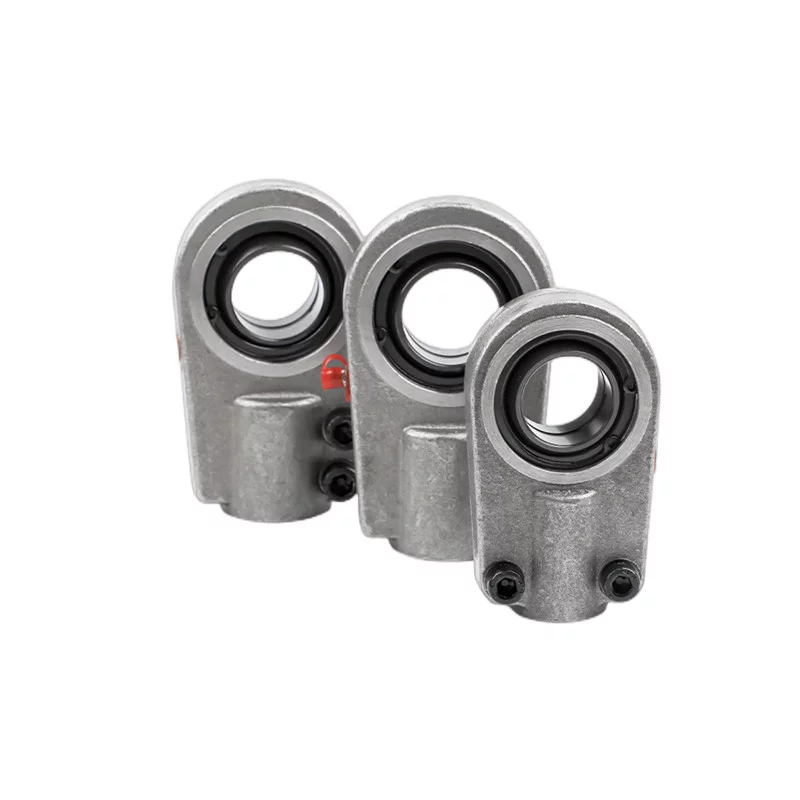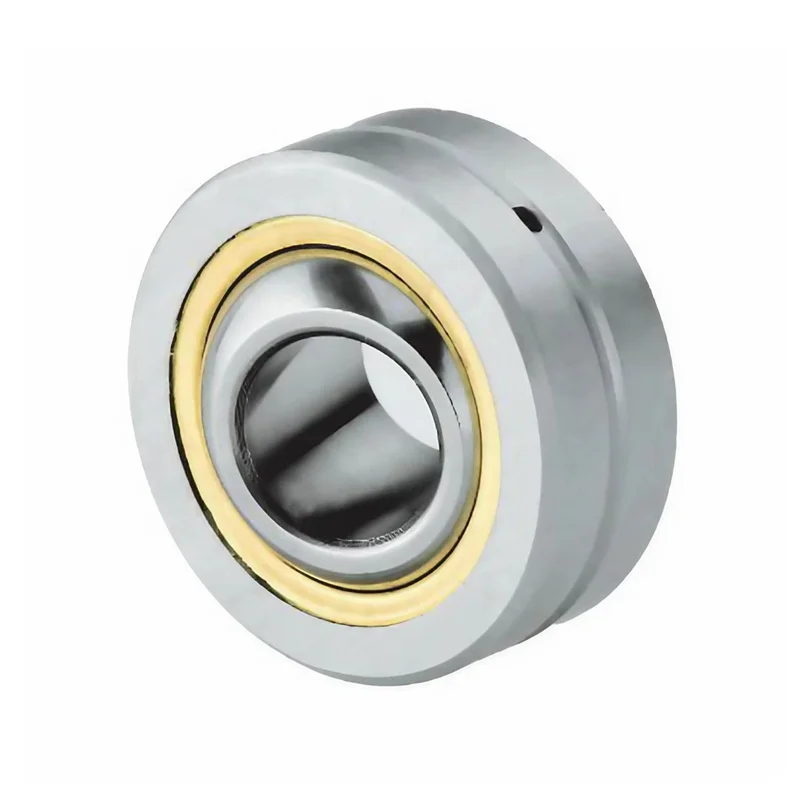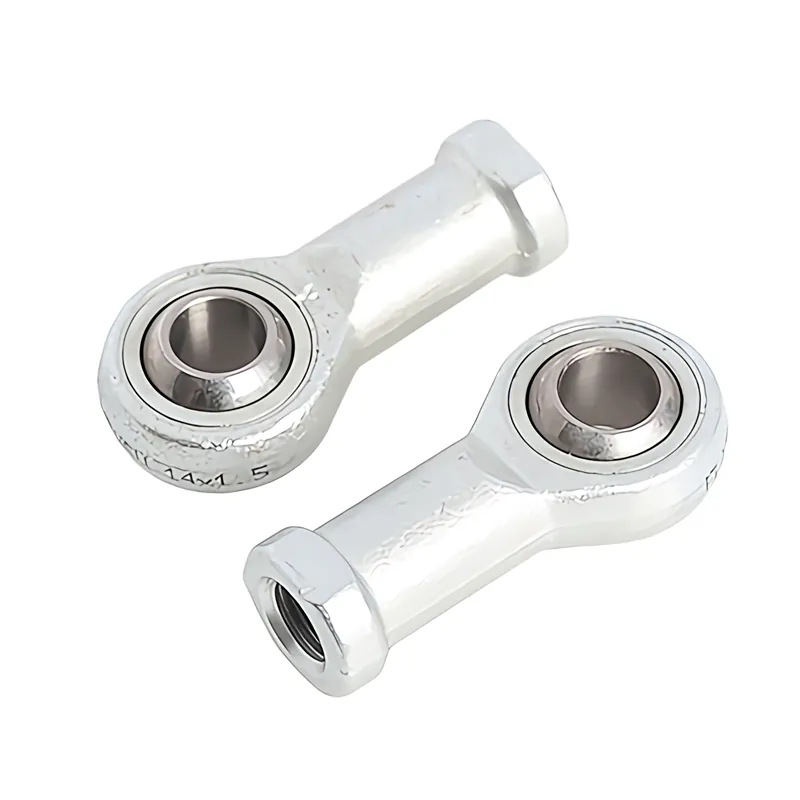How are ball screws manufactured
Ball Screws are commonly manufactured using two primary methods: rolling and grinding. Rolling is the preferred and
more economical method for producing precision ball screws, while grinding is used in specific situations
or when end machining features or tooling availability require it.
In the thread rolling process, heat-hardened dies are used to cold form the material without removing metal.
This efficient and cost-effective method follows similar principles as lead screw rolling. However, the thread form
for ball screws differs from lead screws due to the gothic arch shape
required to accommodate the rolling balls between the threads.
Ball screws are typically rolled from alloy steel or stainless steel grades that can be hardened through heat treatment.
The hardness of the material is crucial as it must withstand the load applied by hardened balls within the ball screw nut.
This hardness prevents excessive wear and material fatigue, ensuring long-lasting performance and preventing catastrophic failure.
One advantage of thread rolling for ball screws is its manufacturability.
Rolled ball screws are often formed in longer lengths, such as 12 feet, before being cut and machined.
Heat treatment can be applied to these long lengths with minimal concern about length-to-diameter ratios due to
through-feed rolling processes that apply pressure from different sides during forming. In contrast, grinding a
ball screw involves using a radial grinding wheel that can create bending or deflection issues if the length-to-diameter ratio
is too large. Support mechanisms like steady rests can minimize deflection but have limitations based on machine capabilities.
Precision rolled ball screw assemblies offer reduced backlash through a selective fit process.
Ball sizes are available in increments as small as 5 microns, allowing for precise matching of ball size
with pitch diameters of both the ball screw and nut assembly. This enables achieving
low-lash specifications comparable to ground ball screws.
Ground ball screw assemblies have even tighter backlash specifications and find application in scenarios
where less axial lash is required. However, they tend to be more expensive than precision rolled counterparts,
especially for longer lengths where costs may increase significantly.
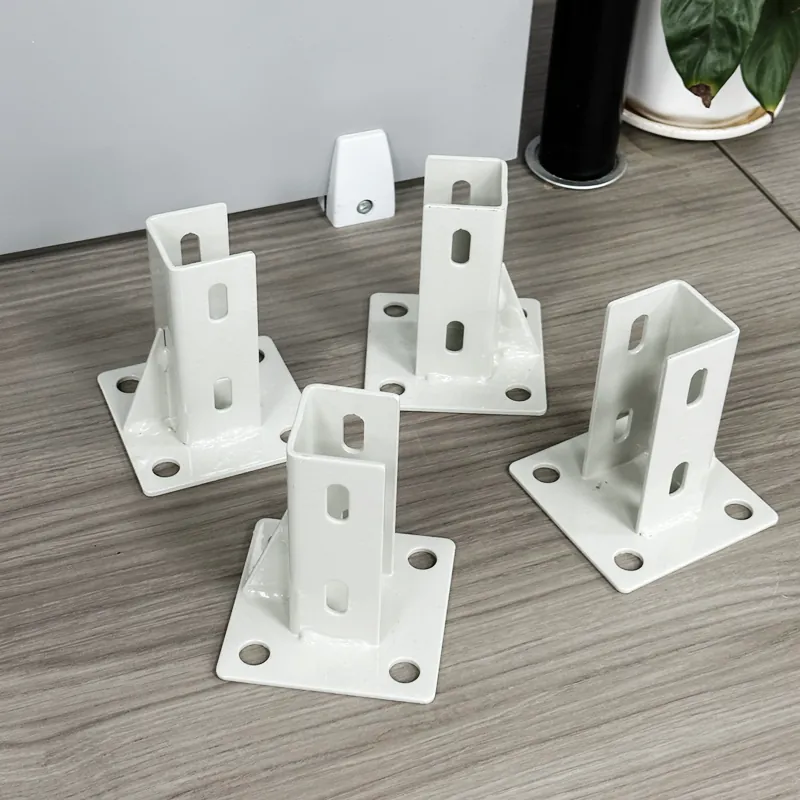 2020/4040 Aluminum Floor Mount Base Plate for Equipment Stability
2020/4040 Aluminum Floor Mount Base Plate for Equipment Stability
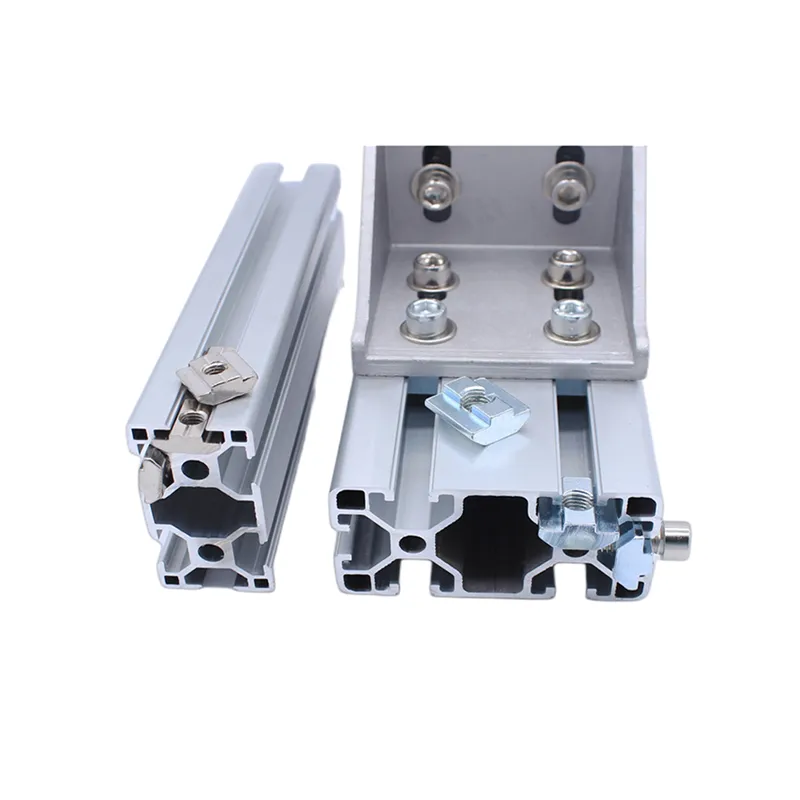 Understanding the Advantages of Sliding T-Nuts for Industrial Applications
Understanding the Advantages of Sliding T-Nuts for Industrial Applications
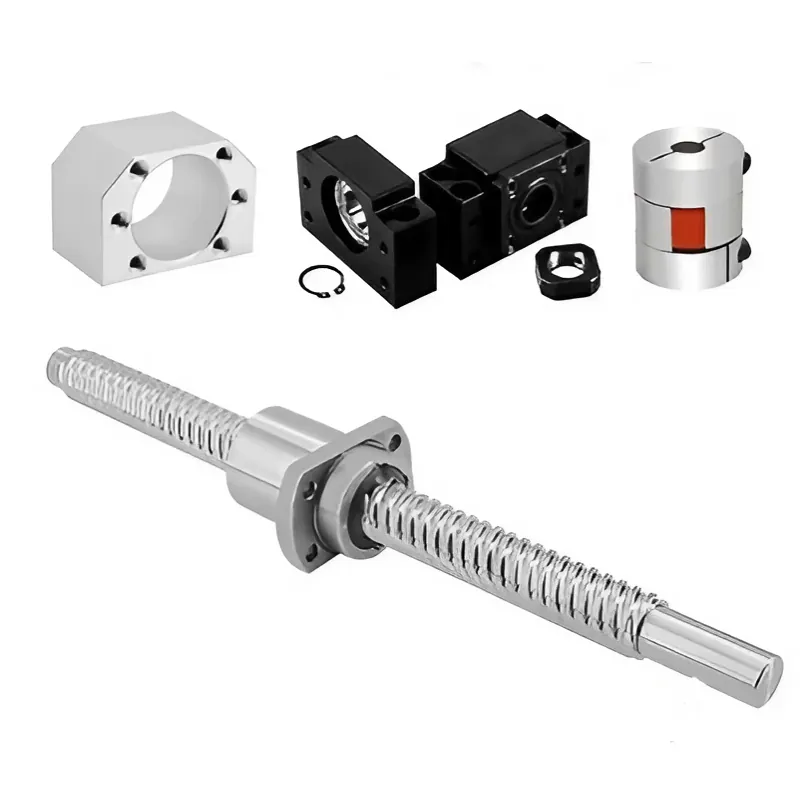 Understanding Ball Screws: Essential Components for Precise Linear Motion in Industrial Automation
Understanding Ball Screws: Essential Components for Precise Linear Motion in Industrial Automation
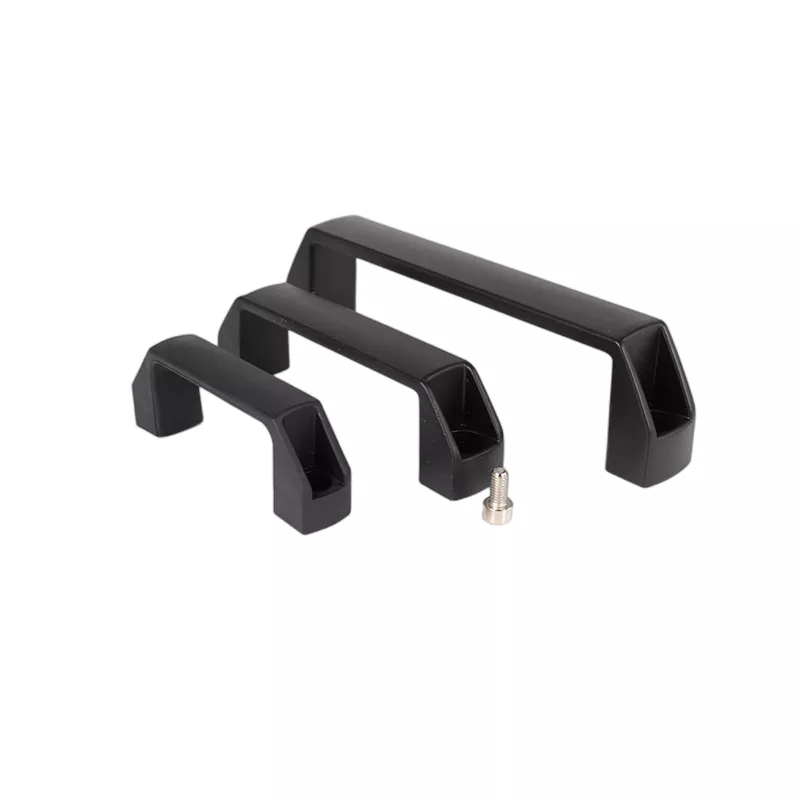 Enhance Functionality with Durable and Versatile Black Nylon Handles
Enhance Functionality with Durable and Versatile Black Nylon Handles

